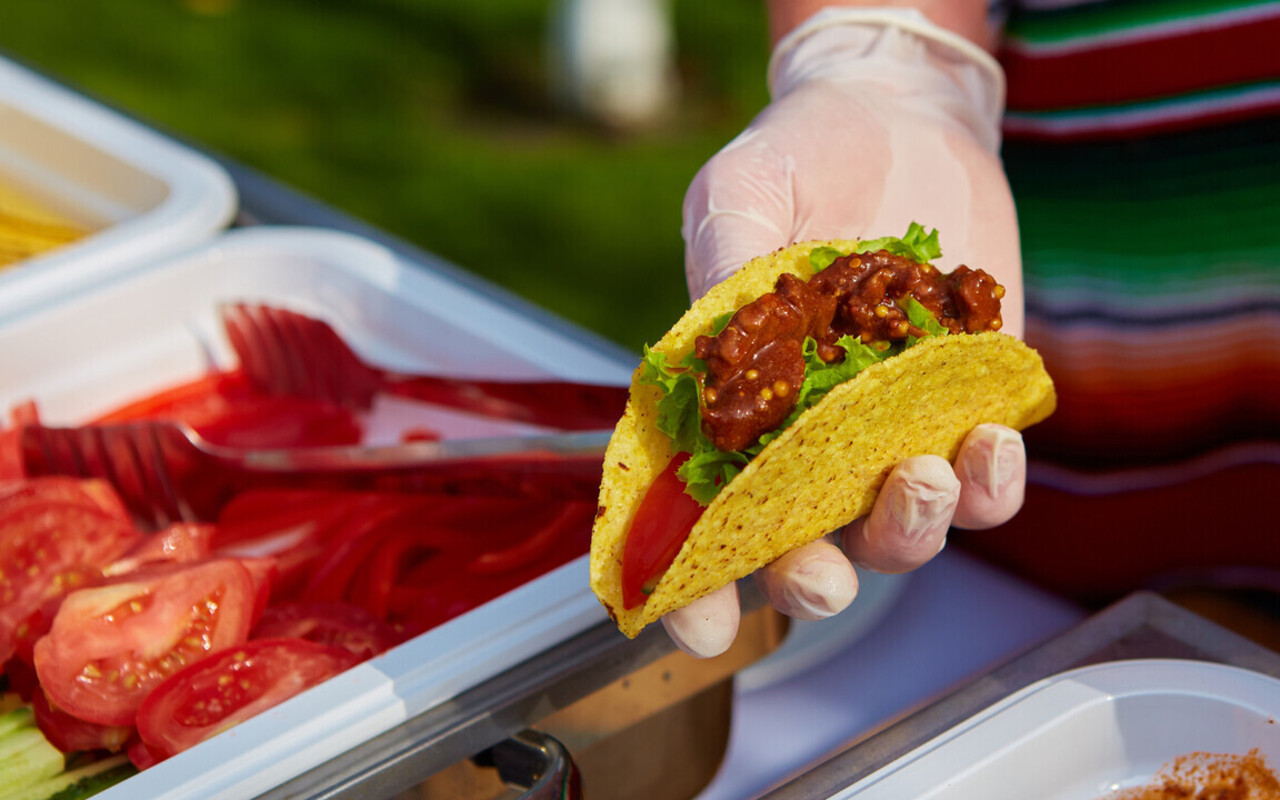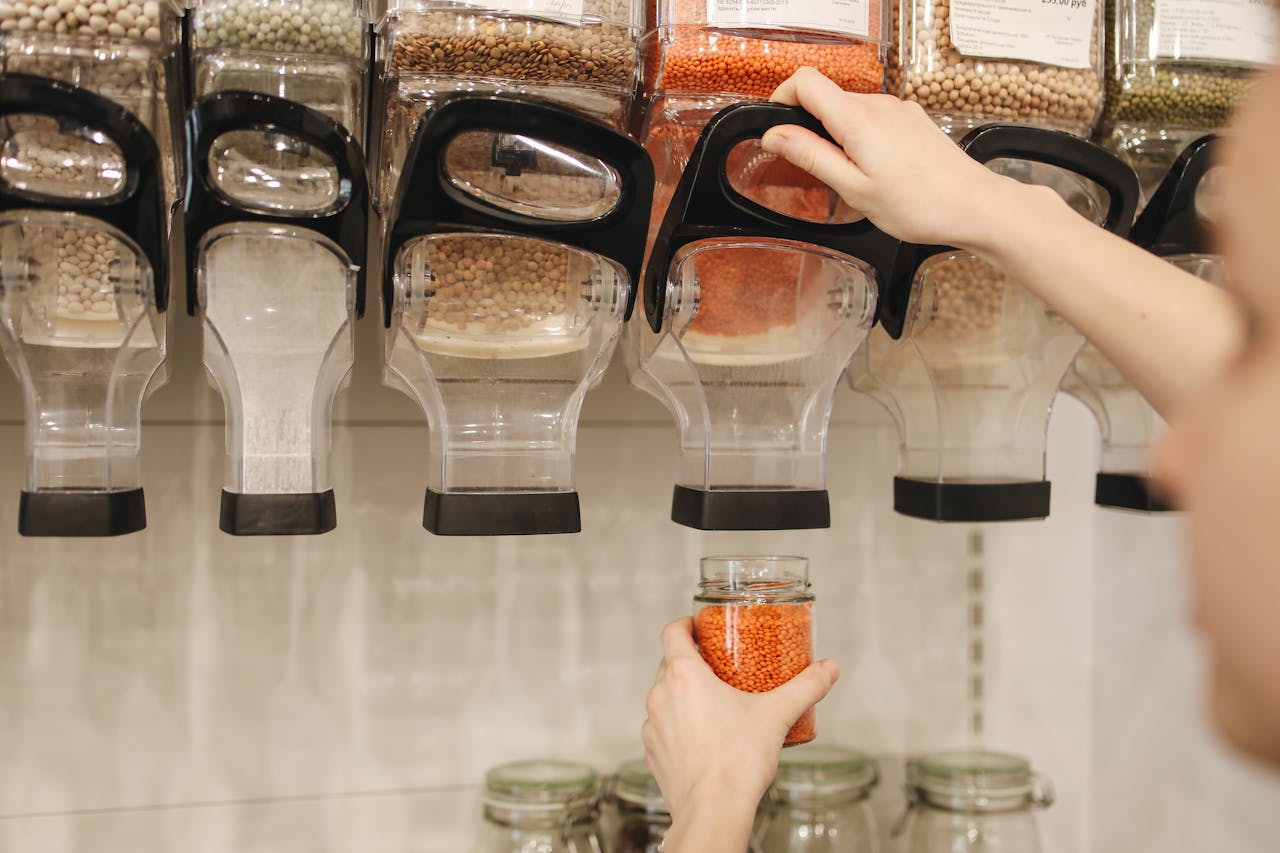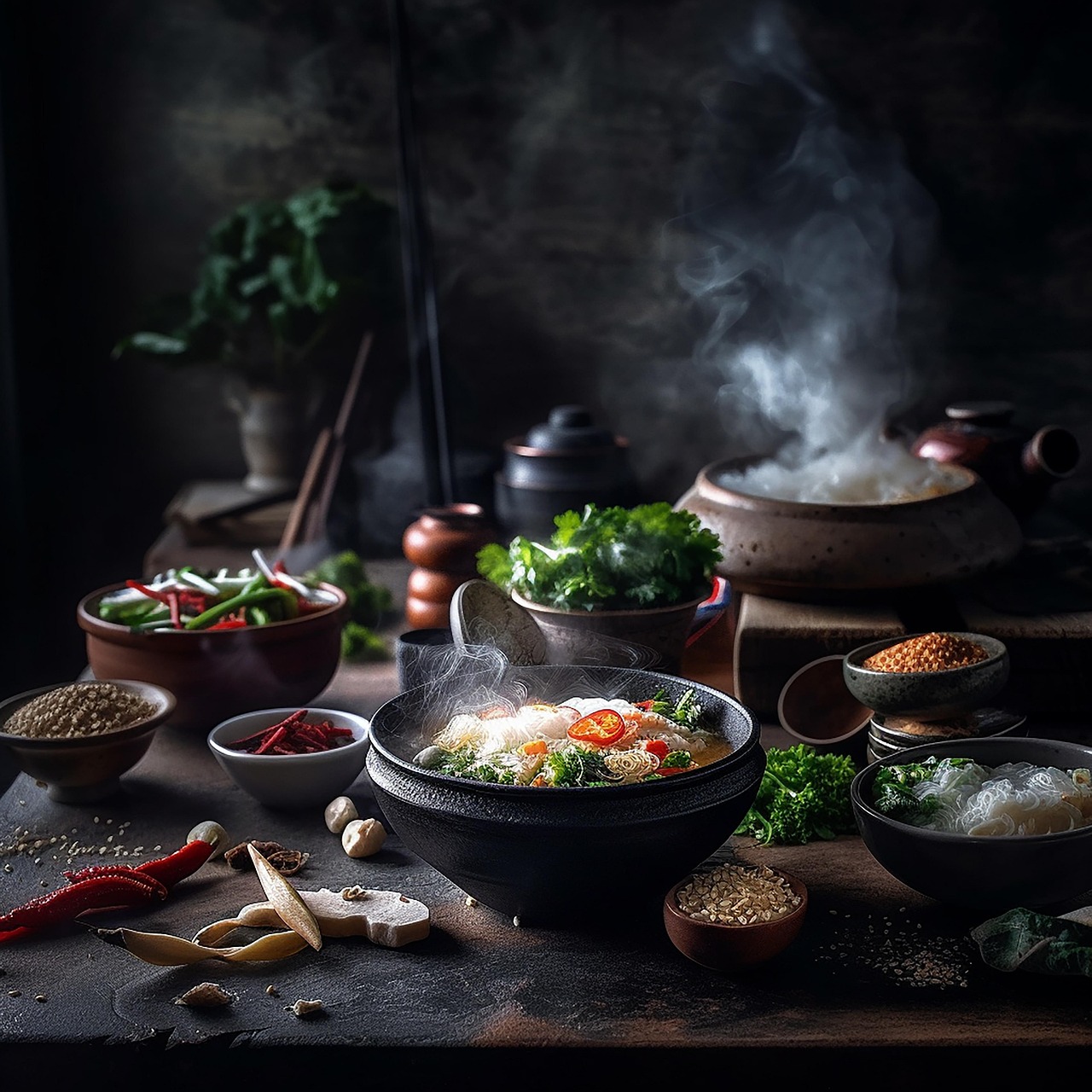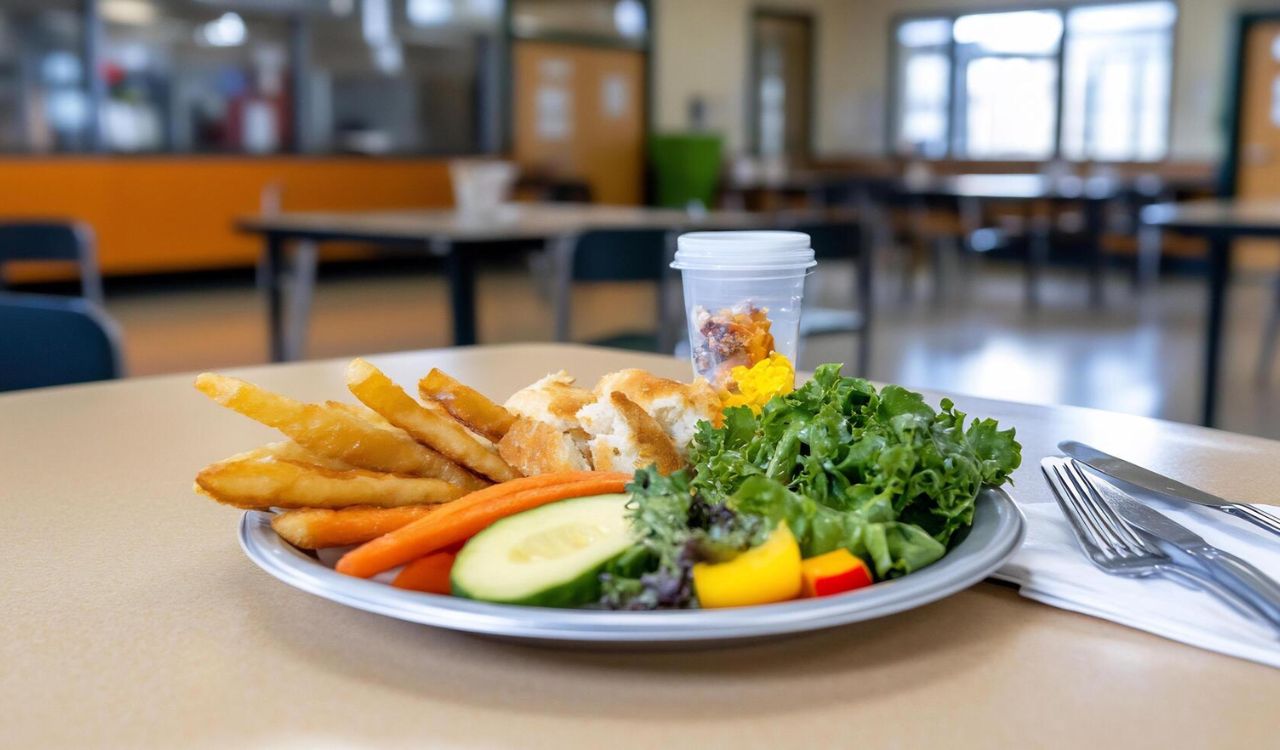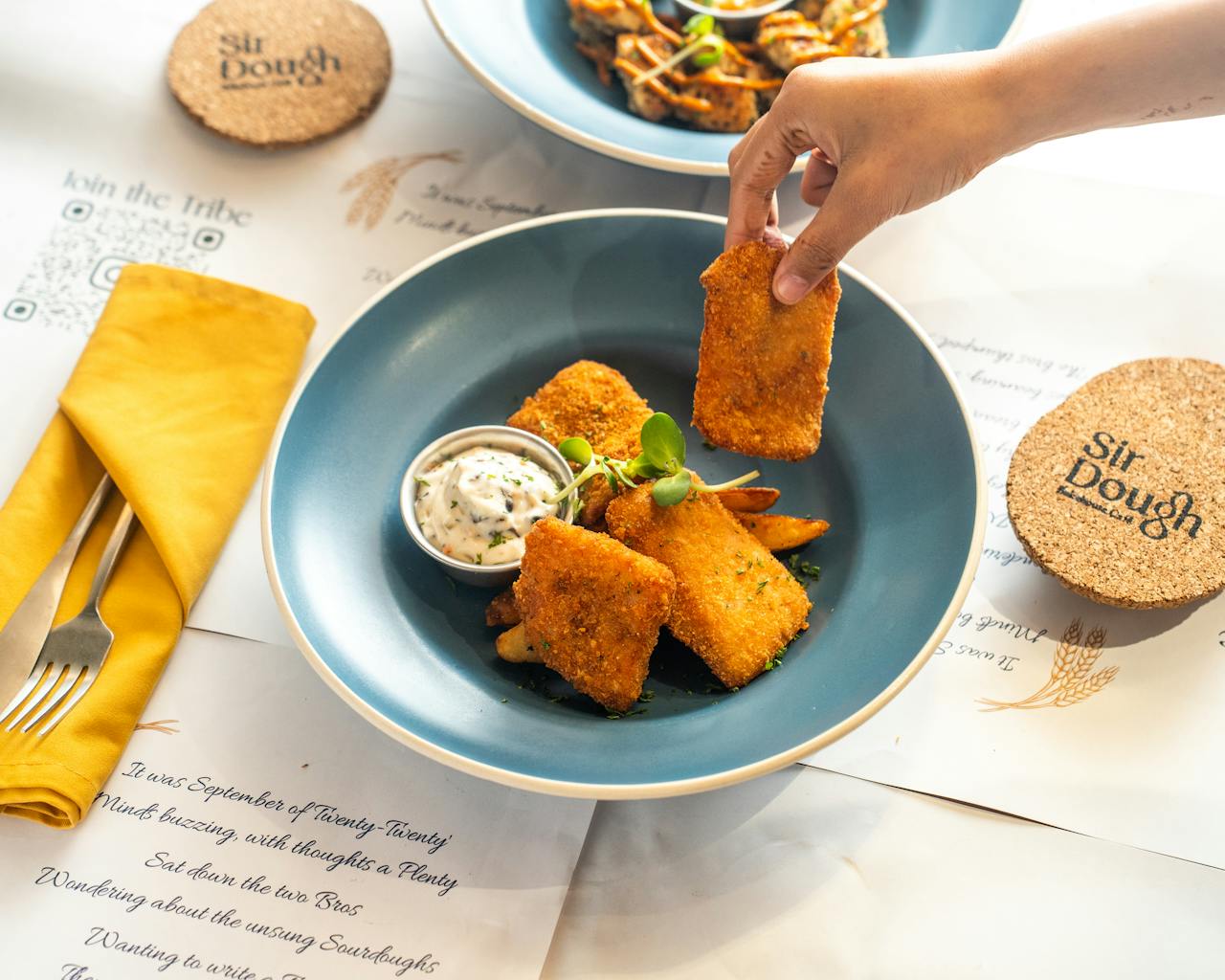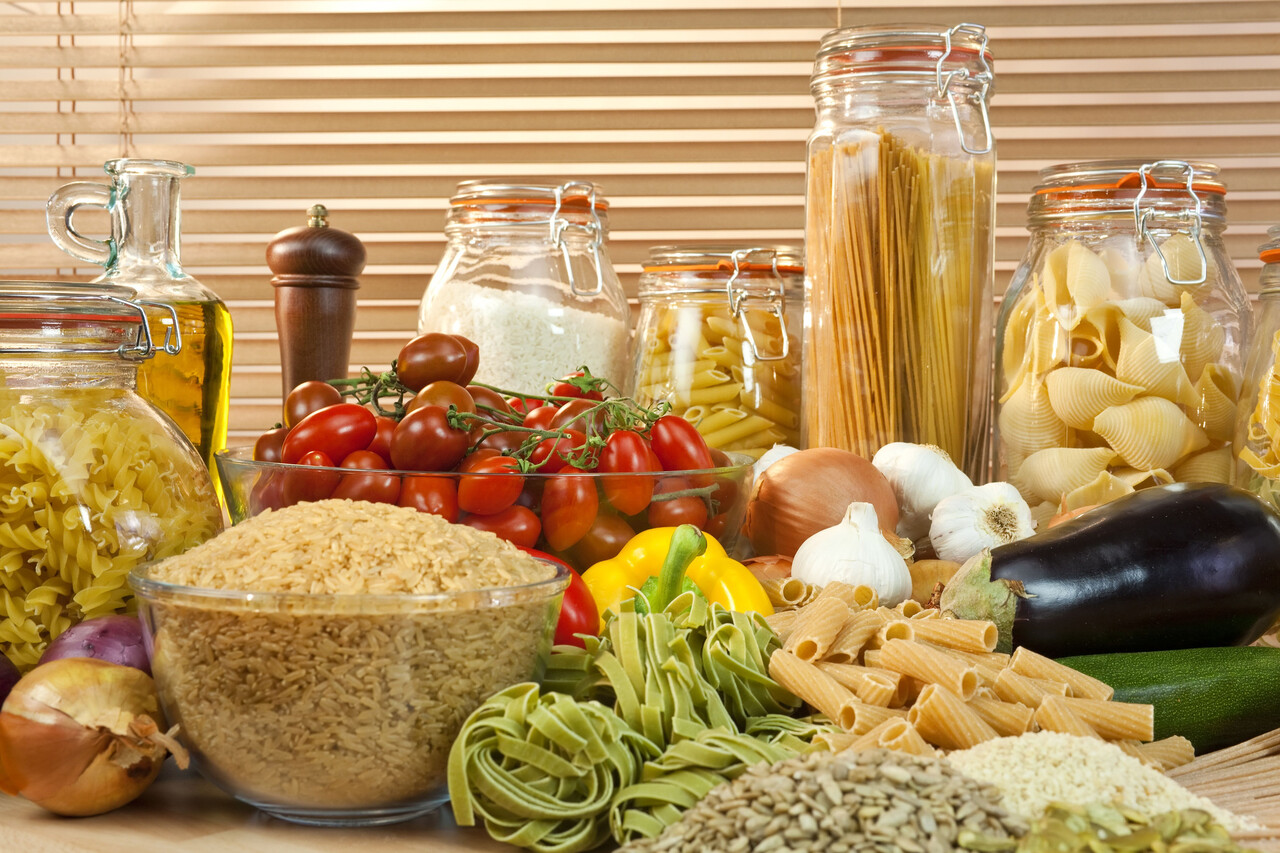The Best Oven Temperatures For Perfectly Crispy Bacon
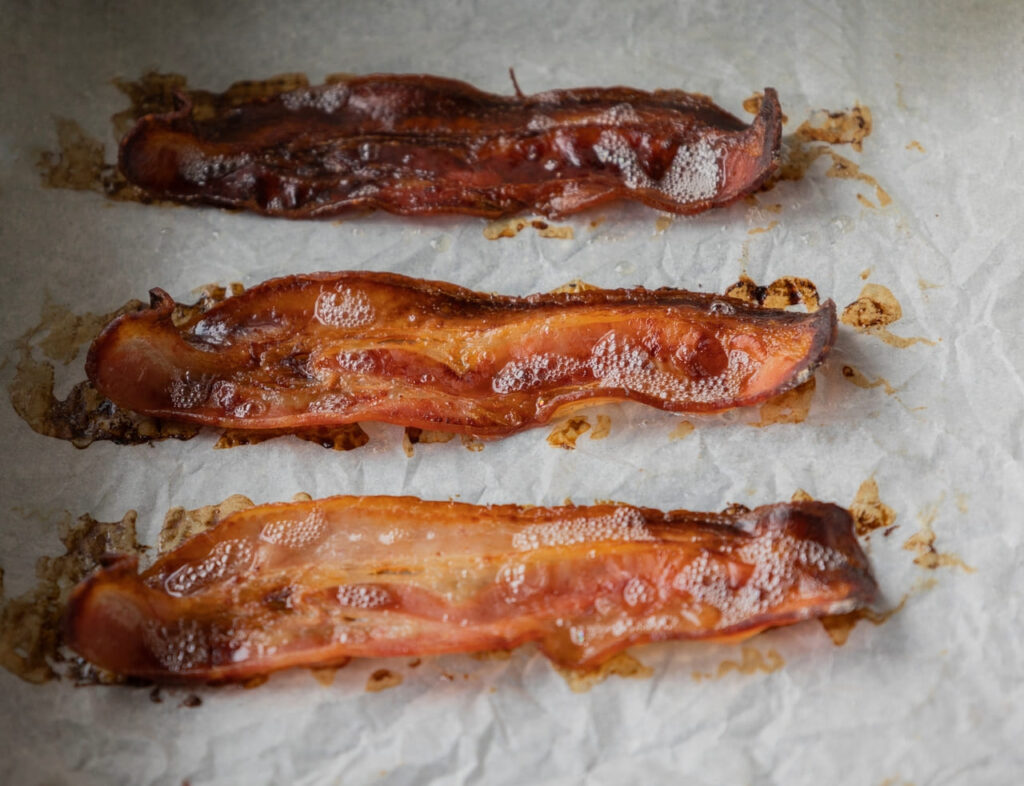
Bacon doesn’t just have fans; it has loyalists. It’s salty, savory, and downright indulgent. But cooking it perfectly? That’s a different story. Stovetop methods often produce hot spots and curled strips, while the oven spreads heat evenly. The trick is knowing which temperature to use for the texture you want. Whether you’re after crisp bacon that shatters or strips with a little chew, mastering oven temps means you won’t have to guess anymore. You’ll get bacon that looks, smells, and tastes like it belongs in a diner.
1. The Classic 400°F Method
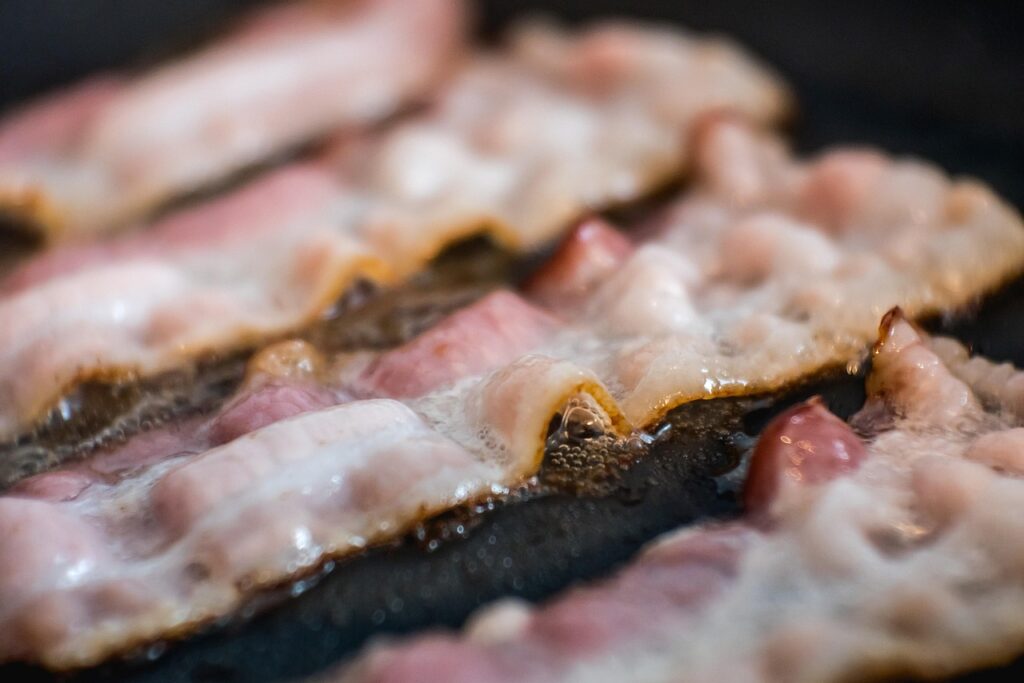
Here’s the deal: 400°F is the sweet spot for many home cooks. It’s hot enough to render fat evenly, which means bacon comes out crisp without being brittle. Typically, it takes 15–20 minutes, depending on thickness. This temperature creates deep golden edges without drying out the meat. The best part? You can cook a full tray without flipping the strips mid-way. What this really means is you get reliable, fast results without hovering over the oven. It’s the perfect go-to for weekend breakfasts or topping your salads with bacon bits.
2. Low and Slow at 350°F
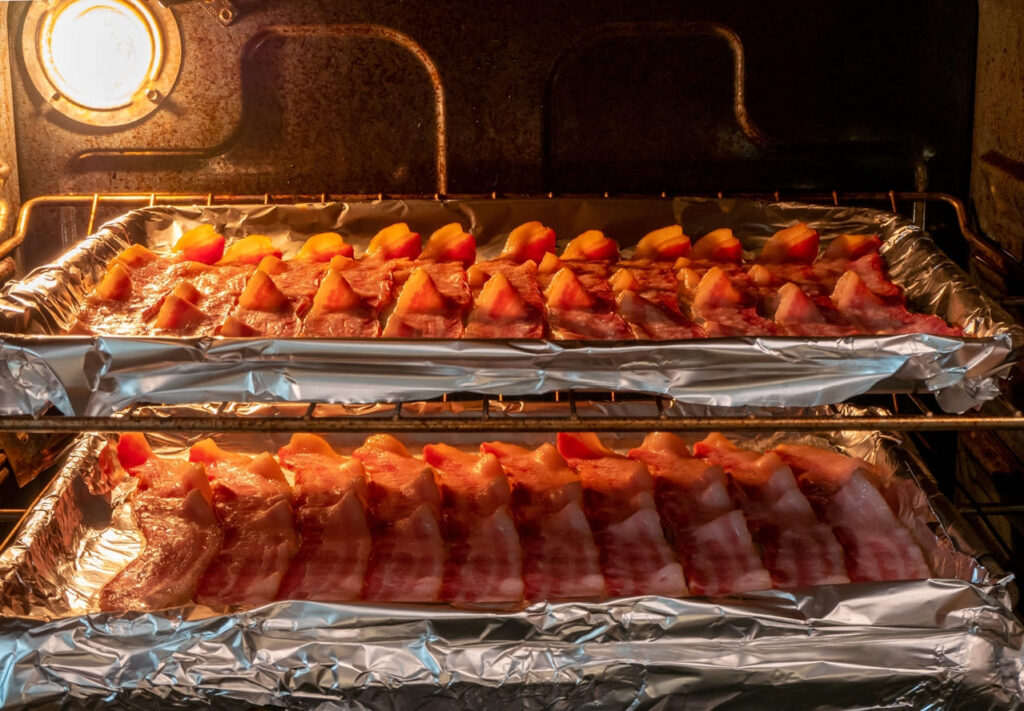
At 350°F, bacon cooks more slowly, usually in 20–25 minutes. The lower heat allows fat to render gradually and evenly, which helps reduce curling and smoky flare‑ups. This makes it especially good for thick‑cut bacon, which needs extra time for the interior to cook before the edges crisp. The result is evenly textured strips with a balanced crunch that feel less rushed: ideal if you want consistent, picture‑perfect bacon for sandwiches or platters.
3. Quick-Crisp at 425°F
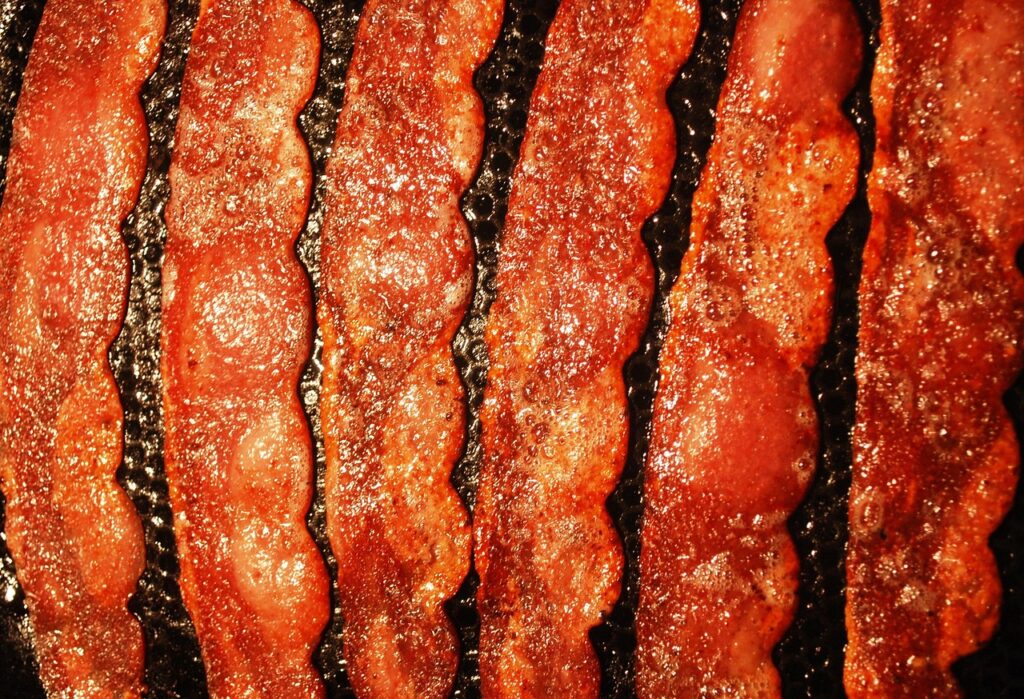
When mornings are hectic, crank your oven to 425°F. Bacon will be done in about 12–15 minutes with extra crunch and beautifully dark edges. But here’s the catch: you really have to watch it because the line between crispy and burned is thin at this heat. This works best with thin or standard slices because thick cuts might cook unevenly. The trade-off? You gain speed but give up some control. If you’re okay with keeping a close eye on things, it gets the job done fast.
4. Ultra-Crisp at 300°F
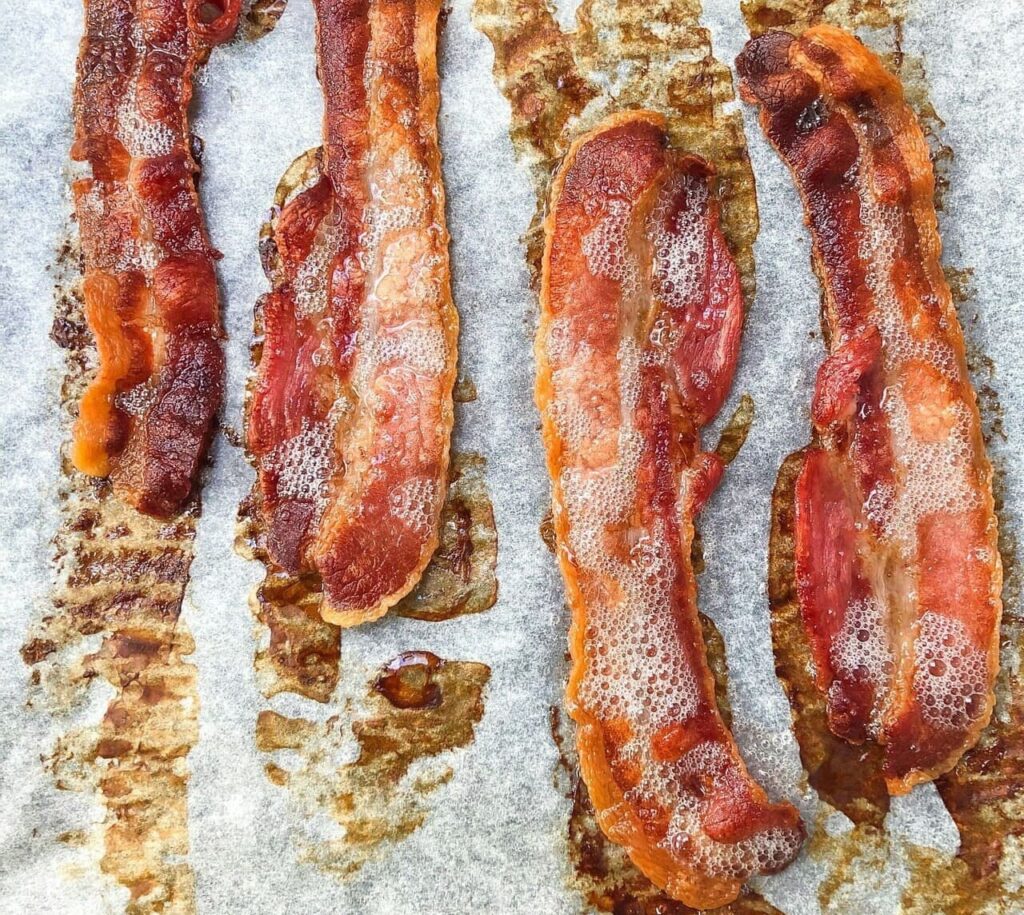
Cooking bacon at 300°F stretches the timeline to 30 minutes or longer. The fat renders very slowly, so strips cook gently and evenly without scorching. The payoff is a crisp, well‑browned bite with less chance of burnt edges. However, the lower heat means you’ll need patience, and thick slices may lean more chewy than crackly unless given extra time. This method suits bacon purists who don’t mind the wait if it means steady, uniform results.
5. Broiler Blast for Extra Crunch
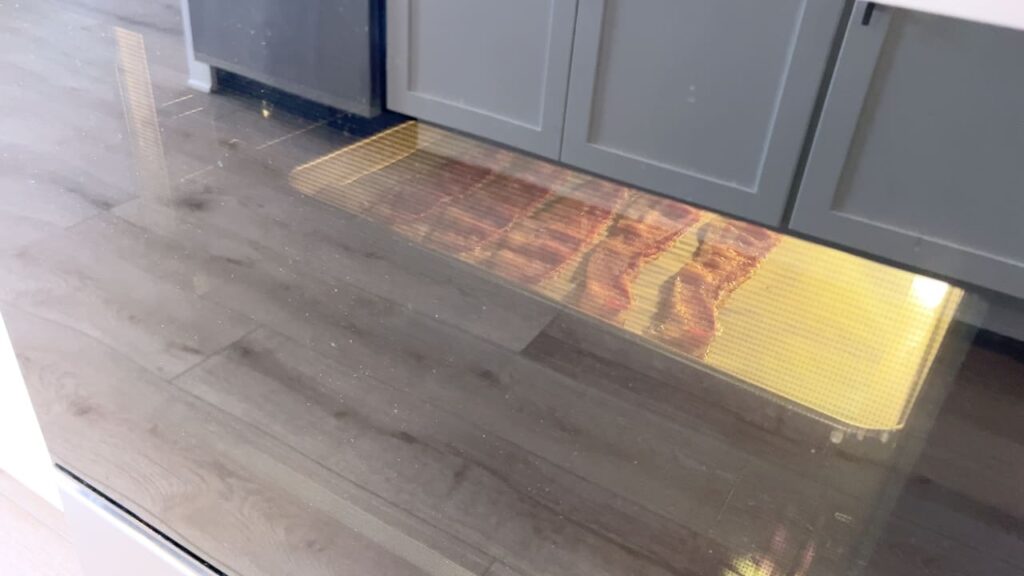
For ultra‑crisp edges, finish your baked bacon with a 30‑ to 60‑second broiler blast after cooking at 350°F or 400°F. This high heat caramelizes the surface instantly while leaving the middle tender, perfect for thick‑cut bacon. Broilers are intense, so watch closely: golden edges can turn black in seconds. With careful timing, though, this method creates the best of both worlds: crunchy on the outside, chewy at the center.


